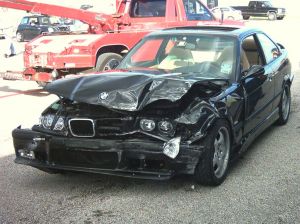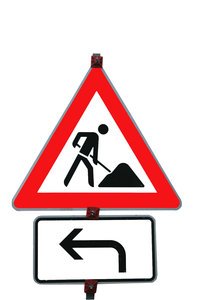According to Massachusetts State Police (MSP), a motorist was killed and another was injured in a recent accident on I-93 in Boston. The accident happened near the entrance to the Tip O’Neill Tunnel.
The Boston Globe reports that a 53-year-old driver was killed in the accident. He was driving his pickup the wrong way on the highway as he entered onto Fontage Road. He crashed his pickup into an SUV. Accident reports indicate that the driver was thrown from his car in the crash. He was taken to Tufts Medical Center where he was pronounced dead. The other driver was not injured.

The car accident went down just before 6:00 a.m. Officers were forced to close the northbound lanes for a short while. They were reopened just after 8:00 a.m.
Our Boston accident lawyers understand how dangerous our roadways can be. They’re congested, they’ve got small lanes and often seem as though they are packed with irresponsible drivers. It gets even worse when you throw tunnels into the mix. We’re here to offer you some safe driving tips to help you to get safely to where you need to be, even when traveling through a tunnel is involved.
Tunnel Safety Tips:
-When you come close to a tunnel, pay close attention to your vehicle, other vehicles and traffic signs.
-Keep an eye on any height restrictions for the tunnel if you’re traveling in a large vehicle.
-Lookout for lane closures.
-Never engage in distractions while driving through a tunnel. The road always needs your full attention, but especially when driving through a tunnel.
-Make sure that your headlights are on so that you can see and so that other motorists can see you.
-Never tailgate!
-Be on the lookout for changing traffic patters and for changes in traffic speeds.
-Make sure you’re aware of the minimum speed limits, too!
-In tunnels that have two-way traffic, you should try to stay away from on-coming traffic, if you can.
-Never cross the center line.
-Never reverse or make a U-turn in a tunnel.
-Never stop unless it’s an emergency.
-If traffic starts to slow down, switch on your hazard warning lights.
-Never leave your vehicle, not even if the traffic has come to a complete stop.
-If you breakdown in a tunnel, turn on your hazard lights, pull over to the side of the road into the emergency lane and turn off your car. Get in touch with the rescue services.
It’s important to adjust your driving to accommodate the traffic conditions and the weather conditions. Driving through a tunnel is much different than driving on the regular roadway. Your vision is hindered because of the darkness and you feel like you’re in tighter quarters with other vehicles. Make sure you’re on your best driving behavior so that you can enter and exit our state’s tunnels safely!
Continue reading
 Boston Personal Injury Attorney Blog
Boston Personal Injury Attorney Blog










